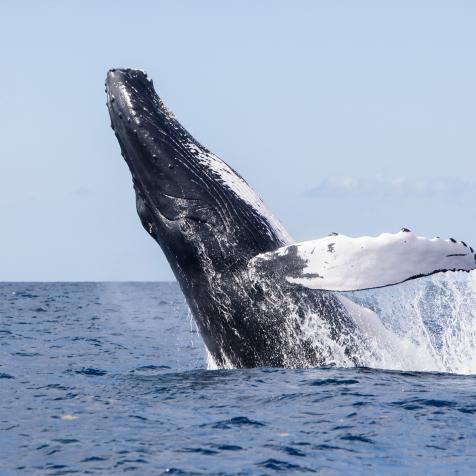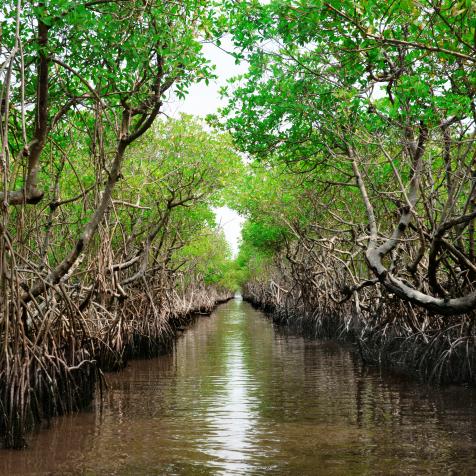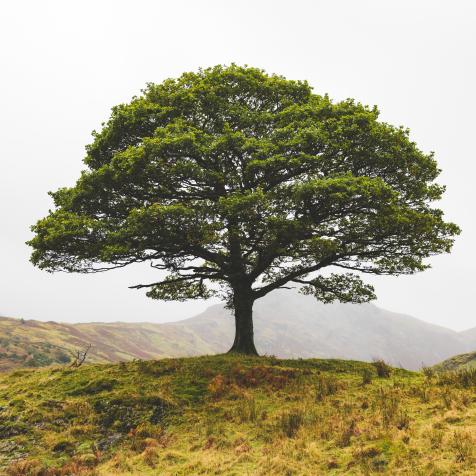
Catherine Falls Commercial
Potty-Trained Cows Could Reduce Pollution
By training cattle to use “bathroom stalls,” farms could treat cow urine — limiting ammonia pollution.
The average cow produces gallons of urine per day, and there are over 1 billion cattle worldwide. “Ammonia from cattle is a major contributor to reduced human health,” Jason Hill, a biosystems engineer at the University of Minnesota, said. In barns, cow urine mixes on the floor with other waste to produce the air pollutant ammonia. Out in the open, cow urine can get into nearby waterways, and release nitrous oxide, a potent greenhouse gas.
Researchers in Germany came up with a solution to the problem: training cows to use bathroom stalls. By developing small fenced-in areas with artificial turf to serve as bovine lavatories, farmers were able to easily collect and treat cow pee before it could pollute nearby air, soil, and water.

Allan Baxter
Worldwide cattle populations are up to more than one billion.
Led by Lindsay Matthews, a self-described cow psychologist from the University of Auckland, the team set out to potty-train 16 calves. “I was convinced that we could do it,” Matthews said. Cows “are much, much smarter than people give them credit for.”
The calves got 45 minutes of what the team described as “MooLoo Training” per day. The calves were enclosed in the makeshift bathroom stalls and given a treat every time they urinated (and sprayed with water every time they urinated in the hallway outside the stall). After 10 days, 11 of the 16 cows were potty-trained. With proper training and motivation, “I fully expected cattle to be able to learn this task,” said Lindsay Whistance, a livestock researcher at the Organic Research Centre in England. For MooLoo training to become widespread, it would realistically need to be automated.

catolla
A herd of 200 cows will produce 10,000 pounds of urine per day.
When nature calls, the answer just might be bovine bathroom stalls. Ammonia emissions could be cut in half if 80% of cow pee were collected in latrines. While an automated rewards system for potty-training cows is still far from reality, it could have widespread environmental benefits. Potty-training cattle could contribute to cleaner air and water, and ultimately better human health, while also providing a safer, more comfortable environment for the cattle themselves.
















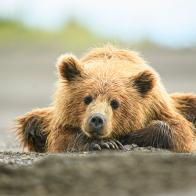


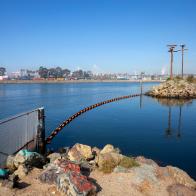
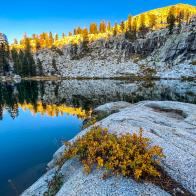
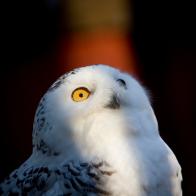
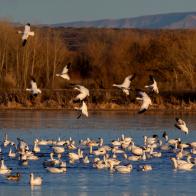



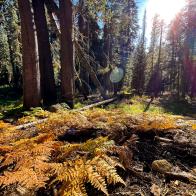
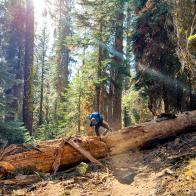
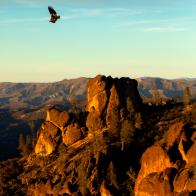

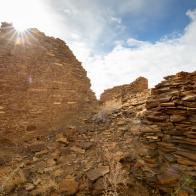
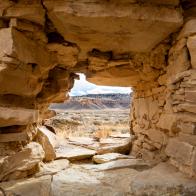


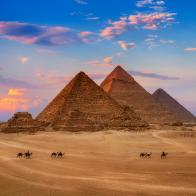
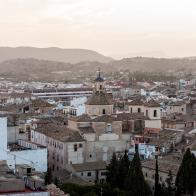




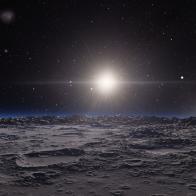


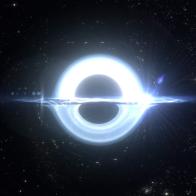




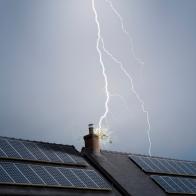

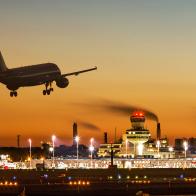
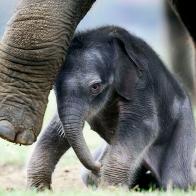





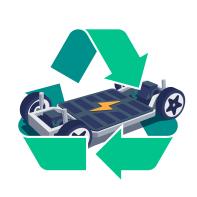



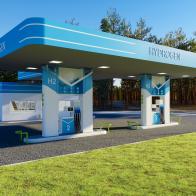


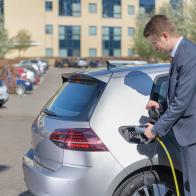
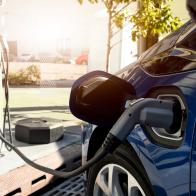


.jpg.rend.hgtvcom.476.476.suffix/1635892481978.jpeg)
